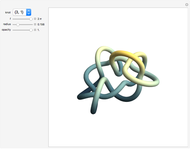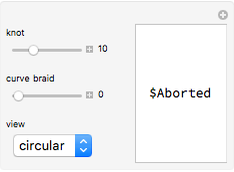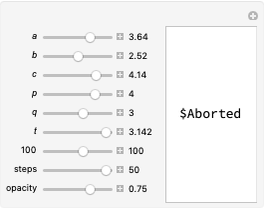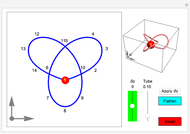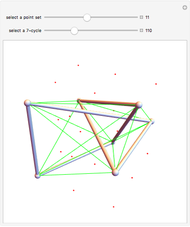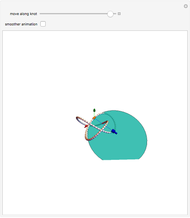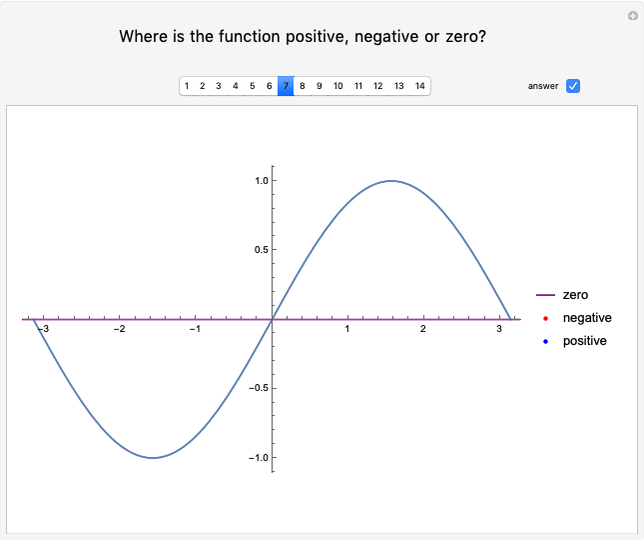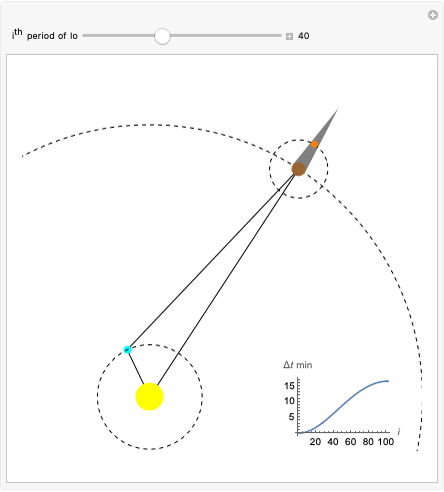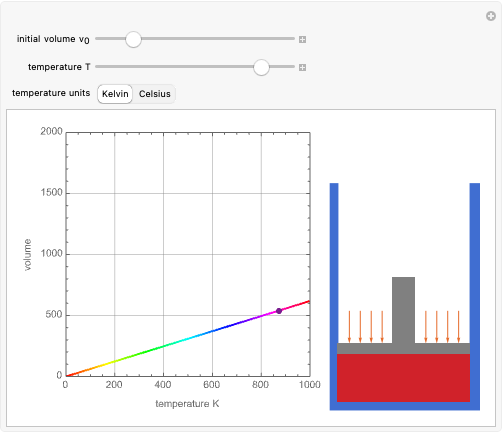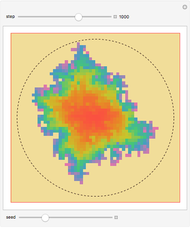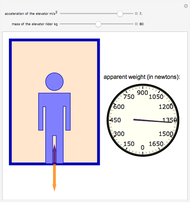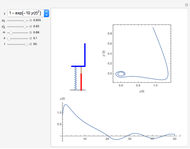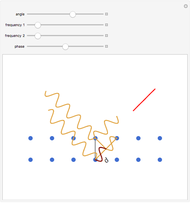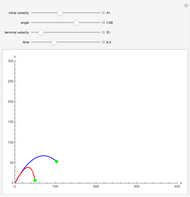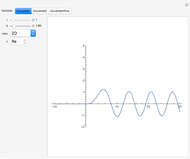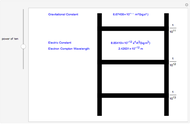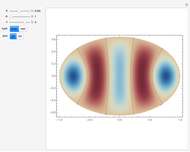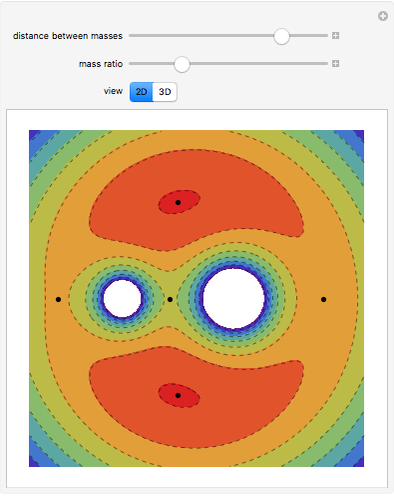Knots with 10 Crossings

Requires a Wolfram Notebook System
Interact on desktop, mobile and cloud with the free Wolfram Player or other Wolfram Language products.
A knot is a closed-space curve that does not intersect itself—think of shoelaces, neckties, and ropes with their ends joined. Formally, knot theory is a branch of topology; there a more formal definition is that a knot is a closed piecewise linear curve in three-dimensional Euclidean space  . One important objective is to decide if two mathematical knots are equivalent, in the sense that one knot can be continuously transformed into the other without cuts or self-crossings. Knots have been cataloged according their number of crossings. The number of different knots grows rapidly as the number of crossings increases. Knot theory has applications mainly in statistical mechanics and quantum field theory.
. One important objective is to decide if two mathematical knots are equivalent, in the sense that one knot can be continuously transformed into the other without cuts or self-crossings. Knots have been cataloged according their number of crossings. The number of different knots grows rapidly as the number of crossings increases. Knot theory has applications mainly in statistical mechanics and quantum field theory.
Contributed by: Enrique Zeleny (December 2014)
Open content licensed under CC BY-NC-SA
Snapshots
Details
Data taken from [1].
References
[1] "The Knot Atlas." (Dec 5, 2014) http://katlas.math.toronto.edu/wiki/Main_Page.
[2] C. Adams, The Knot Book: An Elementary Introduction to the Mathematical Theory of Knots, New York: W. H. Freeman, 1994.
[3] A. Gray, Modern Differential Geometry of Curves and Surfaces with Mathematica, 2nd ed., Boca Raton, FL: CRC Press, 1998.
Permanent Citation
"Knots with 10 Crossings"
http://demonstrations.wolfram.com/KnotsWith10Crossings/
Wolfram Demonstrations Project
Published: December 8 2014






